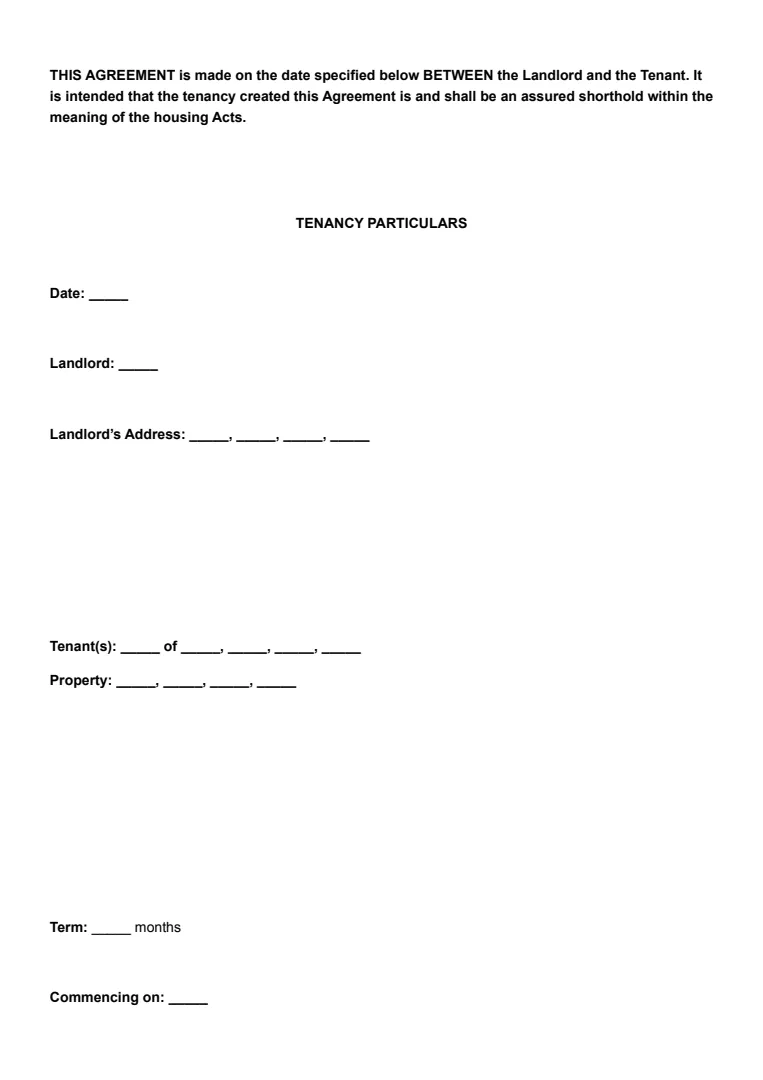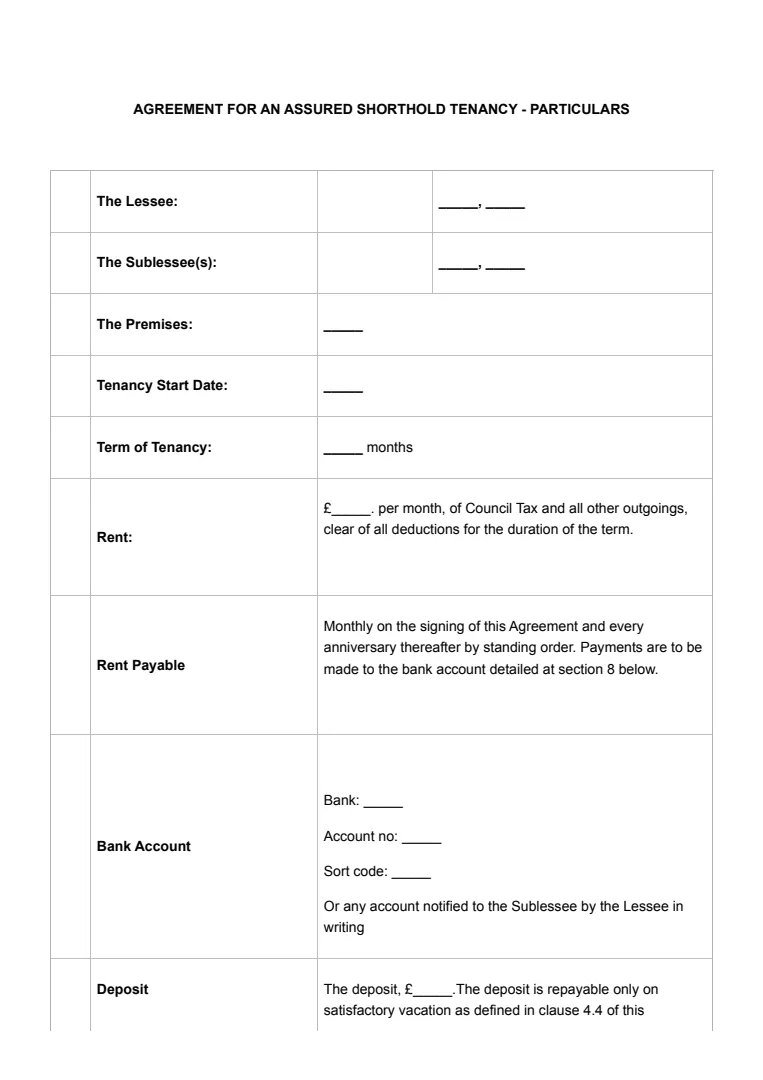What Is a Section 8 Notice?
A Section 8 notice is part of the process used by landlords in England to regain possession of a property. It's relevant if you have an assured shorthold tenancy (AST) or an assured tenancy. Essentially, it's a formal document that cites specific legal grounds under the Housing Act 1988.
The notice is often used when there's a breach of tenancy terms, such as consistent rent arrears. Grounds for eviction can include owing at least two months' rent or regularly late payments. There are 17 grounds for possession, and it's crucial that the notice specifies these.
Key features of a Section 8 notice are:
- Applicable Tenancies: Mostly used for assured shorthold and assured tenancies.
- Grounds for Possession: Includes rent arrears, damage to property, or breach of tenancy agreement.
- Notice Period: The period you have to leave the property can range from 2 weeks to 2 months, depending on the grounds cited.
Unlike a Section 21 notice, which doesn't require fault, a Section 8 notice requires the landlord to prove a breach. This makes it a more involved procedure than that of a Section 21.
If you receive a Section 8 notice, it's a good idea to seek advice to understand your rights and possible defences.
A Section 8 notice can impact situations like a fixed-term tenancy or a periodic tenancy. It doesn’t apply to some regulated tenancies or excluded tenancies unless specific conditions are met.
Under the Tenant Fees Act 2019, certain charges that could be associated with ending a tenancy early have been restricted, affecting how these notices can be actioned. Being informed about these changes is vital to understand your situation better.
When Is a Section 8 Notice Needed?
If you're a landlord, you might need to use a Section 8 notice when a tenant breaks terms in the tenancy agreement. Common reasons include overdue rent or causing damage to the property. This notice can help you start the eviction process if these issues arise.
You may also require a Section 8 notice for antisocial behaviour that disrupts neighbours or other tenants. Such actions can breach the tenancy conditions, giving you the right to begin eviction.
It's crucial to ensure all documentation, like gas safety certificates and energy performance certificates, is up to date. This helps support your case should the eviction process escalate to court.
Proper deposit protection is essential for compliance. If the tenancy deposit isn’t protected in an approved deposit protection scheme, you might face difficulties serving the notice.
Financial aid issues can also be relevant. If your tenant receives Universal Credit or housing benefits, payment delays may sometimes occur. Also, tenants using discretionary housing payment might struggle financially, leading to arrears. In these cases, communication is key before deciding on eviction. In any instance, it’s important to establish clear communication to address payment problems early.
How to Write a Section 8 Notice
Creating a valid Section 8 notice is easy if you understand and follow the following steps.
Step 1: Choose the Right Form
Start by obtaining 'Form 3,' the prescribed form for Section 8 notices. You can find it on the GOV.UK website. This form is crucial for your notice to be legally recognised.
On the form, you should clearly state the grounds on which you're seeking possession.
Step 2: Fill in the Tenant’s Details
Include the tenant's full name and the rental property's address. Double-check this information for accuracy, as errors can invalidate the notice.
Make sure every detail matches the tenancy agreement.
Step 3: Specify the Grounds for Possession
You'll need to clearly mention the grounds for the eviction, which are listed in the Housing Act 1988. The reasons can range from rent arrears to property damage.
The notice period can vary depending on the specific grounds for eviction, so be precise here.
Step 4: Provide the Notice Period
The period of notice required depends on the grounds. For instance, serious rent arrears might require only two weeks.
Make sure you follow the legal requirements for notice periods to avoid invalidation of the notice.
Step 5: Serve the Notice
The next step is serving the notice to the tenant. You can do this by hand delivery, recorded delivery, or even email, depending on what the tenancy agreement allows.
Retain proof of delivery to avoid disputes later.
Step 6: Check for Validity
Finally, review your Section 8 notice. Ensure it meets all the legal requirements and is complete in every detail.
Consulting with a legal expert can add an extra layer of assurance that you've got everything spot on.













